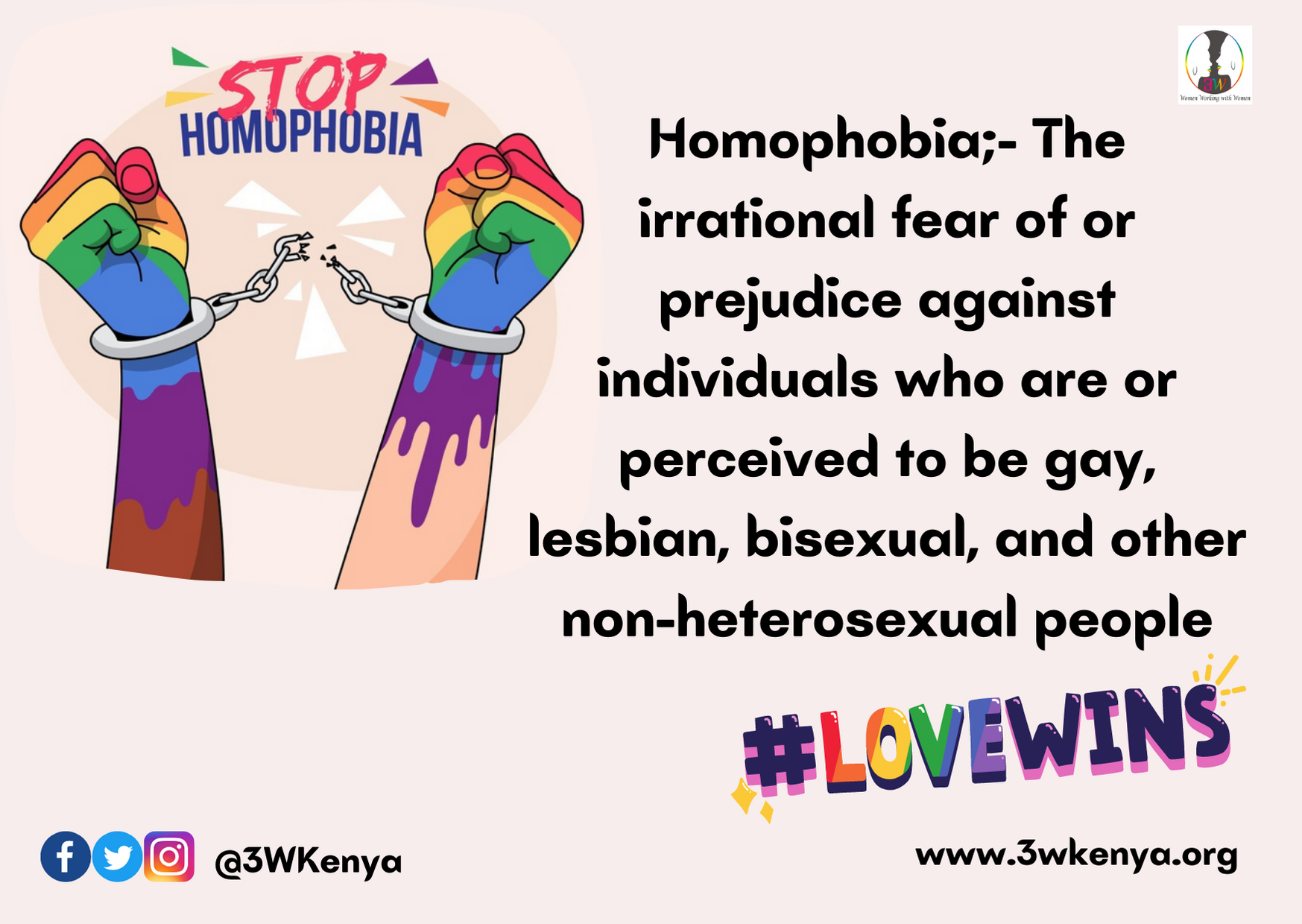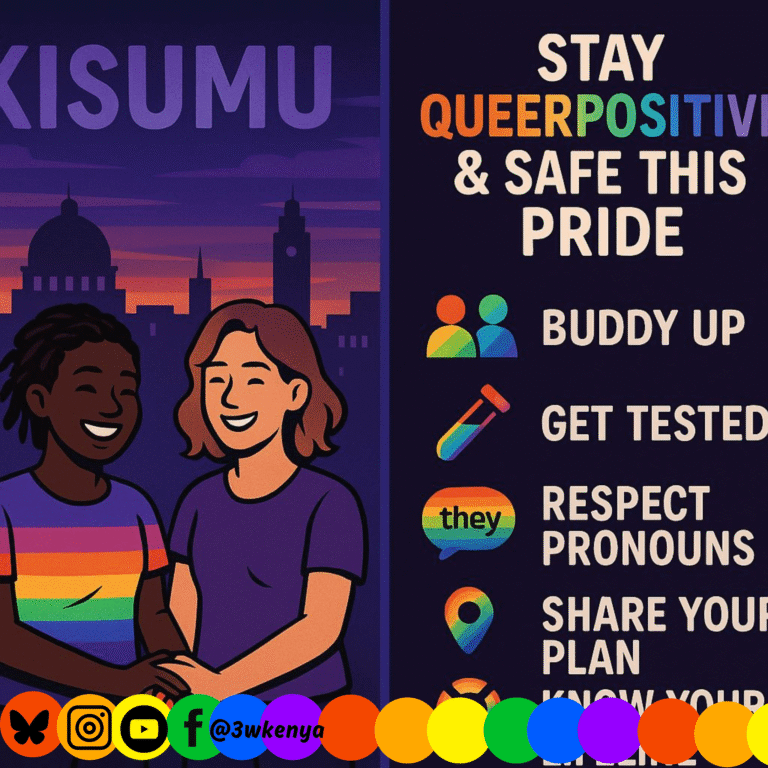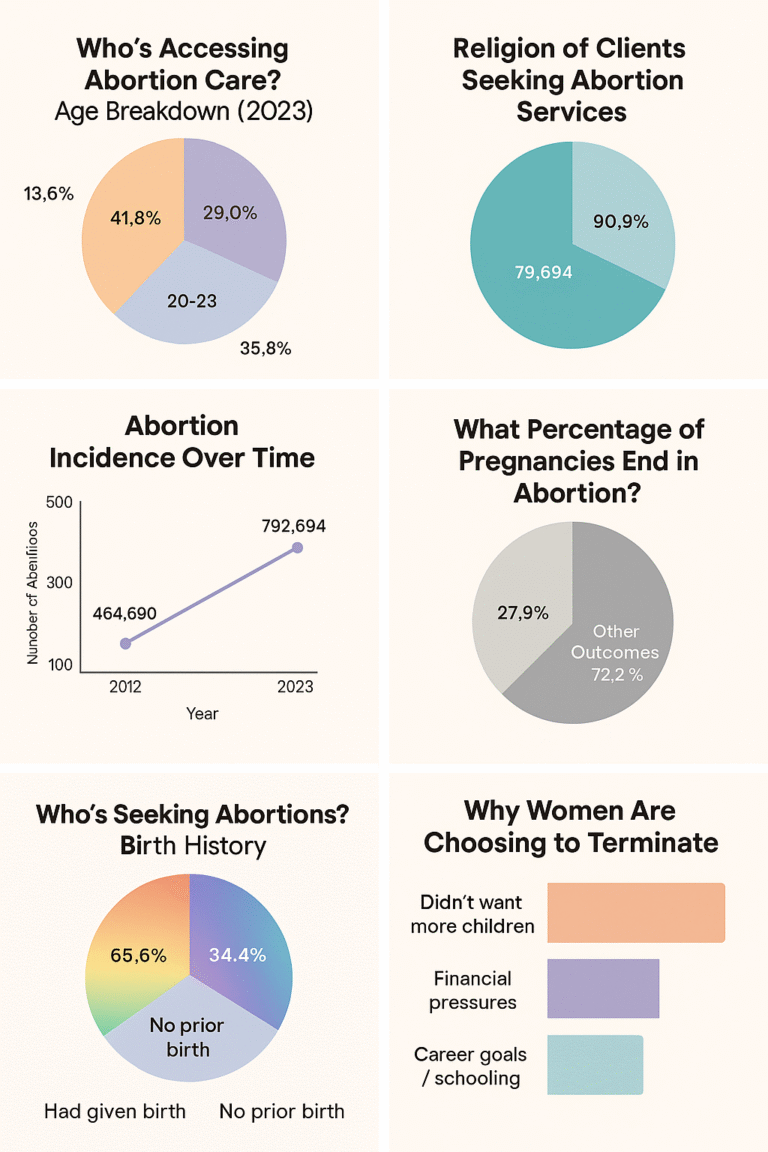Homophobia
What is Homophobia?
“I’m not homophobic, I’m not ‘scared’ of gay people.”
“Phobia”, in psychiatry, is most commonly described as an irrational and excessive fear of an object or situation. However, “homophobia” is a predominately sociological term. In Sociology, the definition of the suffix -phobia in homophobia expands to a “…Irrational fear of or prejudice against individuals who are or perceived to be gay, lesbian, bisexual, and other non-heterosexual people,” It was first described in 1972 by George Weinberg as such. It is the fear, hatred, discomfort with, or mistrust of people who are lesbian, gay, or bisexual.
Why is homophobia dangerous?
Irrational fear, prejudice, discomfort, and discrimination, in positions of power, have led to harmful discrimination and violent acts against the LGBTQ+ community.
Homophobia in society now plays out in many different forms, both subtle and explicit. Less visible forms include lack of inclusion in policies and programs, lack of access to healthcare facilities because of real or perceived sexual orientation/gender identity. More obvious forms of homophobia include laws and regulations geared towards discrimination and undermining the basic human rights of [the LGBTQ+community]. For individuals who belong to other minority groups—such as racial or ethnic minorities—the effect of homophobia is significantly amplified.
There are four distinct but interrelated types of homophobia: personal, interpersonal, institutional, and cultural.
- Internalized Homophobia;- refers to people who are homophobic while also experiencing same-sex attraction themselves.
- Interpersonal Homophobia;- is individual behavior based on personal homophobia. This hatred or dislike
maybe expressed by name‐calling, telling “jokes,” verbal and physical harassment, and another individual
acts of discrimination. - Institutional Homophobia;- refers to the many ways in which government, businesses, churches, and other institutions and organizations discriminate against people on the basis of sexual orientation.
Institutional homophobia is also called heterosexism. - Cultural Homophobia;– refers to social standards and norms which dictate that being heterosexual is better or more moral than being LGBTQ+ and that everyone is or should be heterosexual.
WHAT ARE THE CAUSES OF HOMOPHOBIA?
Personal (internalized) homophobia (prejudice) is primarily caused by misinformation.
- As with racism and sexism, people are taught to be homophobic.
- Myths about LGBTQ people are perpetuated in our society despite the availability of accurate information.
- Few children are given any unbiased information about LGBTQ people; many adults continue to believe the stereotypes they learned as children; and some religious and conservative organizations promote lies about lesbian, gay, and bisexual people.
Interpersonal homophobia (harassment and individual discrimination) can be explained by considering psychological factors in conjunction with prejudice.
- People who are not comfortable with their own sexuality, or who feel threatened by same-sex sexuality, tend to be more rigid about what is sexually “right” and may try to punish or force their beliefs on LGBTQ people.
Institutional homophobia is caused in part by competition for power. Societies such as our create scapegoats to maintain the status quo and the positions of those in power.
- When scapegoating is successful, dominant groups don’t need to take responsibility for injustice or give up privilege.
Cultural homophobia is largely caused by social norms which dictate “correct” sexuality.
- Sexual contact between women, and between men, has been practiced in all societies throughout history and is openly accepted in many cultures.
- But Western civilization is generally repressive of sexuality in any form, other than intercourse necessary for procreation or sexual activity in the context of heterosexual marriage. Therefore, same‐sex sexuality will certainly be feared or damned.
Effects of homophobia;-
- Homophobia inhibits the ability of heterosexuals to form close, intimate relationships with members of their own sex, for fear of being perceived as gay, lesbian or bisexual.
- Homophobia locks people into rigid gender‐based roles that inhibit creativity and self‐expressioN
- Homophobia compromises human integrity by pressuring people to treat others badly, actions that are contrary to their basic humanity.
- Homophobia combined with sex phobia, results in the invisibility or erasure of gay, lesbian, or bisexual lives and sexuality in school‐based sex education discussion, keeping vital information from students. Such erasures can kill people in the age of AIDS.
- Homophobia is one cause of premature sexual involvement, which increases the chance of teen pregnancy and the spread of sexually transmitted diseases. Young people, of all sexual identities, are often pressured to become heterosexually active to prove to themselves and to others that they are “normal.”
- Homophobia prevents some gay, lesbian, and bisexual people from developing an authentic self-identity and adds to the pressure to marry, which places undue stress and often trauma on themselves, as well as their heterosexual spouses and their children.
- Homophobia inhibits appreciation of the types of diversity, making it unsafe for everyone because each person has unique traits not considered mainstream or dominant. We are all diminished when any of us is demeaned.
By challenging homophobia, people are not only fighting oppression for specific groups of people but also striving for a society that accepts and celebrates the differences in all of us.
Resources for more information
How Homophobia Hurts Us All: https://case.edu/lgbt/safe-zone/heterosexism-homophobia
How the Mind Rationalizes Homophobia: https://www.theatlantic.com/…/how-the-mind…/283998/
Understanding Homophobia: https://www.rsu.edu/…/2015/06/UnderstandingHomophobia.pdf
Internalized Homophobia: https://www.revelandriot.com/res…/internalized-homophobia/



